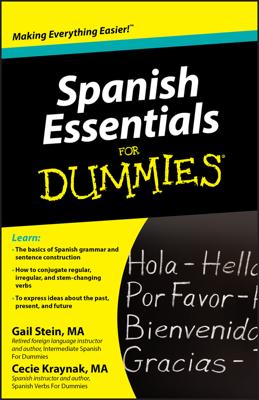When you need to know how, when, where, or why, you turn to a special set of question words called interrogative adverbs. This is true both in Spanish and in English. Your interrogative adverb choices are listed in the following table.
| English Adverb | Spanish Adverb |
|---|---|
| How? | ¿Cómo? (koh-moh) |
| When? | ¿Cuándo? (kooahn-doh) |
| Where (to)? | ¿Dónde? (dohn-deh) |
| Why? (for what reason) | ¿Por qué? (pohr keh) |
| Why? (for what purpose) | ¿Para qué? (pah-rah keh) |
The following examples show a couple of these adverbs at work:
¿Cómo va Ud. a la oficina? (How do you get to work?)
¿Dónde vive tu hermana? (Where does your sister live?)
You may use a preposition before an interrogative adverb where logical — note that the preposition a is attached to the interrogative adverb in the first example.
¿Adónde quieren ir los niños? (Where do the children want to go?)
¿Para que sirve esta herramienta? (What is this tool used for?)
The interrogative adverb ¿Para qué? asks about a purpose and therefore requires an answer with para (for, to):
¿Para qué usa Ud. esa brocha? (Why [For what purpose] do you use that brush?)
Uso esa brocha para pintar. (I use that brush to paint.)
¿Por qué?, on the other hand, asks about a reason and requires an answer with porque (because):
¿Por qué llora el niño? (Why [For what reason] is the child crying?)
Llora porque está enfermo. (He’s crying because he is sick.)

